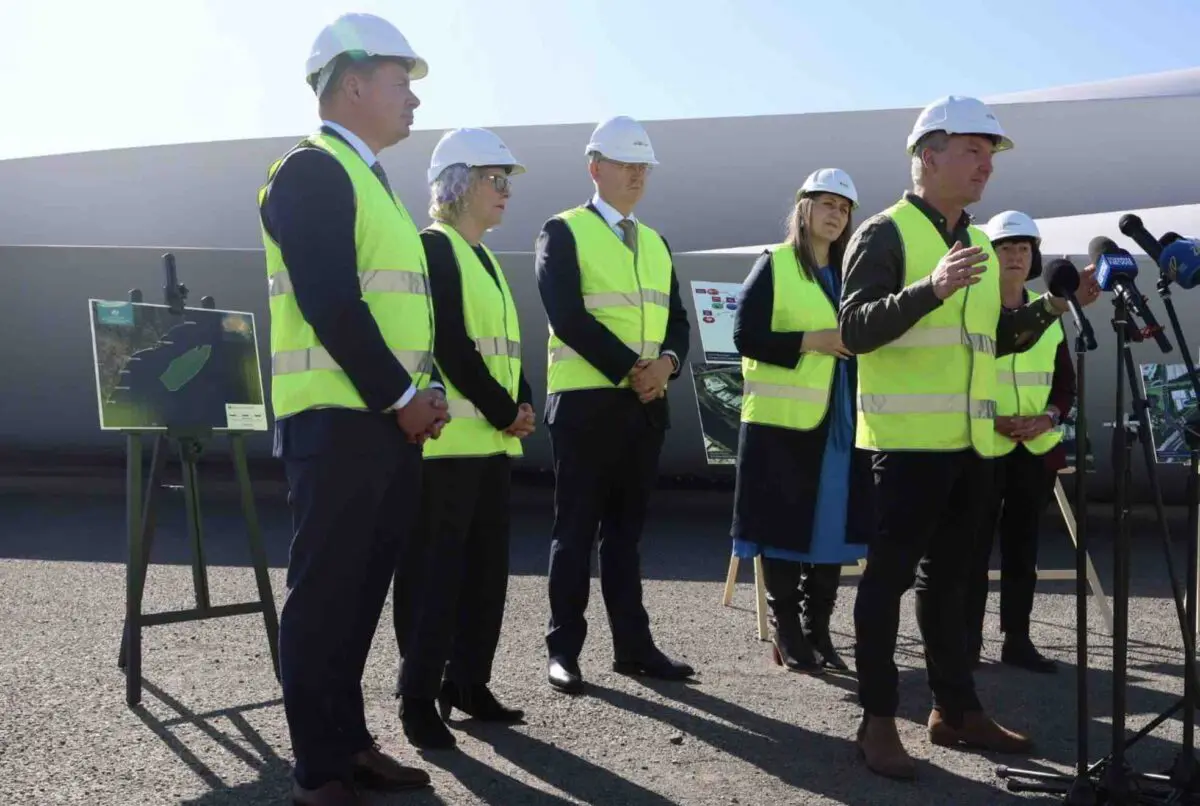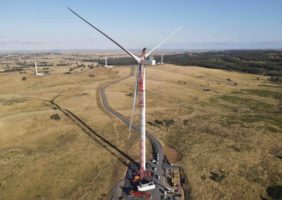In the Blue Mountains west of Sydney, the Prime Ministers’ Corridor of Oaks stands as a tribute to our nation’s leaders. There, every Prime Minister since Australia’s Federation has visited to plant their own tree. Growing together as one, those trees stand as a living testament to the resilience and success of our democracy.
Recently, the tree that former Prime Minister Tony Abbott planted was vandalised, twice in the space of two weeks. The acts of vandalism, as sad and unacceptable as they may be, speak to the antipathy still held by the community toward a prime minister who founded his identity on climate change denialism.
Tony Abbott was the most ardent and successful of Australia’s conservative anti-climate warriors. He notoriously repealed Australia’s first and only attempt at creating a carbon tax. In government, he either wiped out or hobbled any effective policy or institution targeted at reducing Australia’s carbon emissions.
But far worse, was the Abbott government’s weaponisation of climate rhetoric, in a way that made the debate incredibly divisive and toxic, such that Australia remained in an energy policy paralysis for over a decade.
Consequently, Australian workers in regions highly dependent on coal industries were left in an impossible situation. The coal industries that employed them were scheduled to shut down, but thanks to the toxicity of the climate change debate and resulting policy malaise, the promise of new jobs in the renewable energy sector was far over the horizon.
Thankfully, with the recent passing of the Net Zero Economy Authority through the federal Senate, Australia has broken that energy policy paralysis. It could not come sooner for people in regions like the Hunter, Latrobe Valley, Collie, and the Bowen Basin.
No one understands the practical challenge of the energy transition better than those living and working in coal mining communities. I grew up in Newcastle, next to the largest coal terminal in the world. Coal was the lifeblood of the community, sustaining families, funding community days, and even my local cricket club.
For residents of these communities, the net zero transition is not a theoretical exercise. Their lives depend on transition that creates opportunity, delivers equity, and builds prosperity. A just transition that is fair and inclusive of all workers across all industries is possible and has been achieved elsewhere with tremendous success.
The last black coal mine in Germany’s Ruhr Valley was closed in 2018. The local authority offered early retirement, relocation, training, and support for workers to move into other sectors, and today, the Ruhr is a health services and green manufacturing hub.
Closer to home, energy unions, including the Australian Services Union, secured a just transition for workers in Collie, Western Australia. More than $600 million was allocated to retraining about 1,200 workers and creating new, local, high-quality blue-collar jobs in the Collie region.
Scaling early local successes into a national transition is a considerable task for the Net Zero Economy Authority, which has a responsibility for ensuring a just transition for millions of workers ranging from technicians, engineers, and scientists through to managers, administrators and operational workers in addition to miners and power station workers.
The Authority’s Energy Industry Jobs Plan must support people impacted by the closure of coal-fired and gas-fired power stations to access new employment. The plan must require operators to provide practical support, including training, financial and career advice, redeployment – and paid time off to access them.
It must also map skills in impacted regions to ensure training puts locals at the head of the pack for projects in high-growth industries and to ensure investors see opportunities in transition regions.
Alongside investment in a high-tech manufacturing sector, there must be a commitment to no forced redundancies by power station operators. Pooled voluntary redundancy schemes will enable older workers at non-closing power stations to nominate for voluntary redundancy and allow younger workers from the closing power station to move in. That saves taxpayers money and gives families time for new jobs to emerge.
Notice periods for intended closures must be lengthy and enforceable, in the vein of AGL’s five-year notice at Liddell, which provides ample time to build replacement generation and plan orderly closure, training and redeployment. Plans should include comprehensive and funded mine and power station site rehabilitation, which can provide additional employment during the transition.
Paving the way to net zero emissions can only be a history-making, nation-defining project if it defends the future of our regions and protects workers’ livelihoods. Australia squandered a decade dithering, bickering, and chasing unrealistic techno-fantasies. People in communities like the one I come from cannot afford another wasted second.
We are ready to move on from the climate wars. We are ready to make the transition to renewable energy. Just as the Prime Ministers’ Corridor of Oaks stands as a testament to the sustainability of our democracy, may we, despite our differences, come together to deliver a sustainable future for our community and for our nation.
Robert Potter is the former national secretary of the Australian Services Union, representing energy workers.










